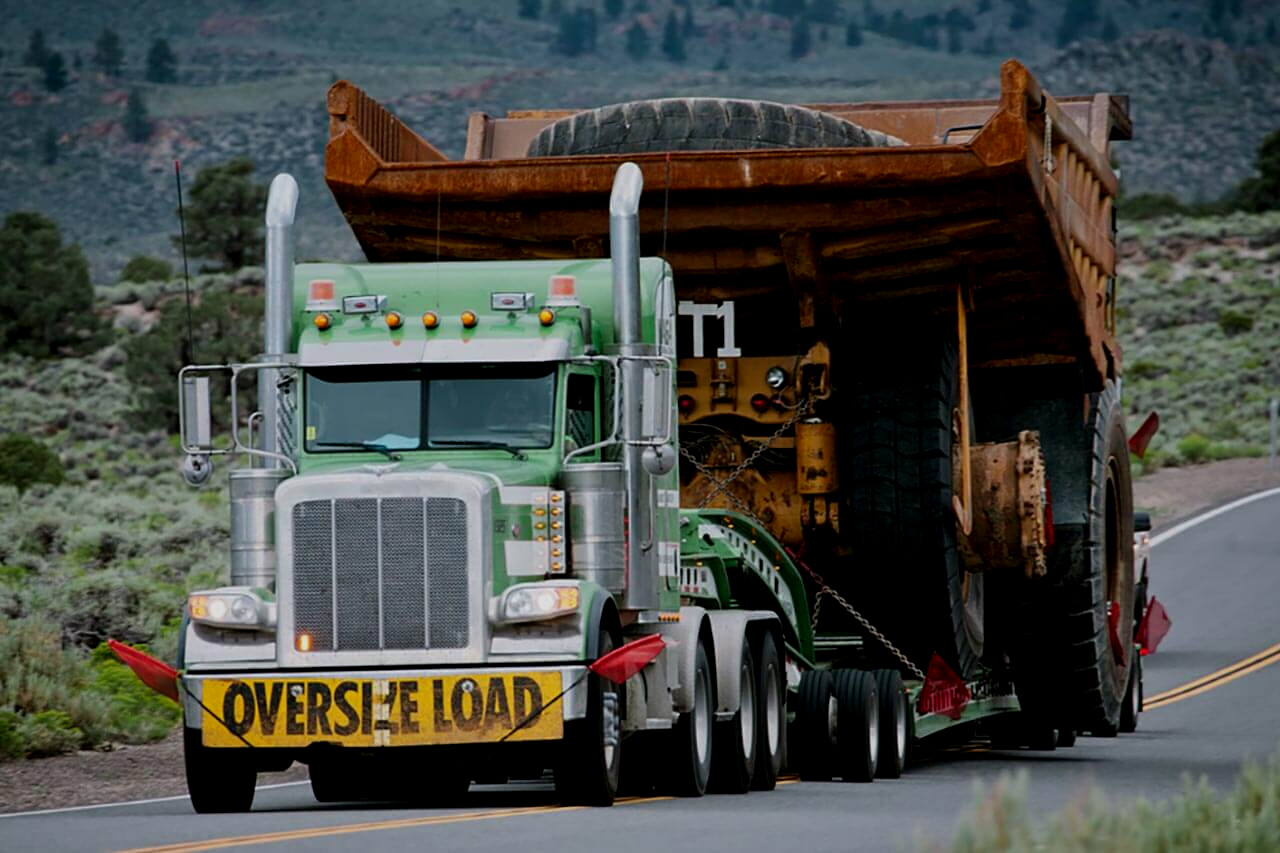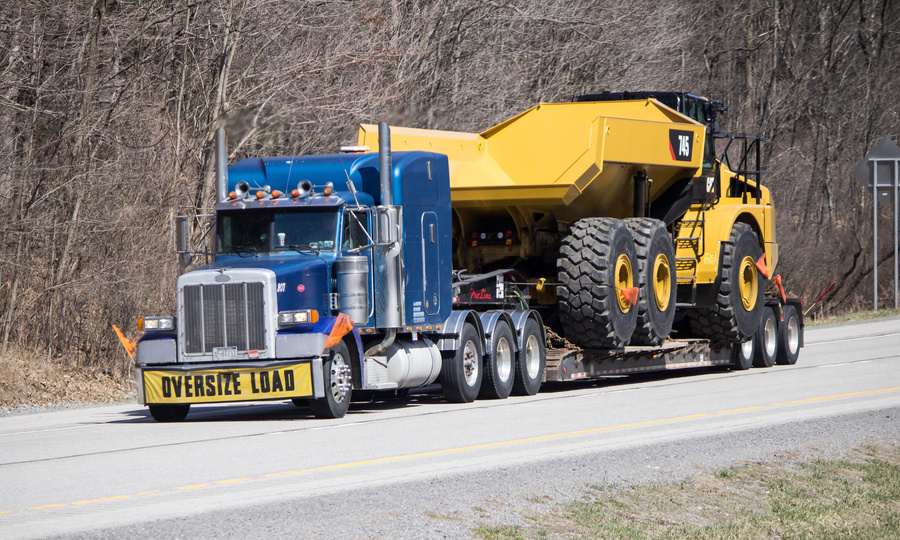ship with us
(888) 860-3926
HEAVY EQUIPMENT TRANSPORT
oversized | over-dimension | Over-the-road
What do we haul?
All The Big Stuff
Excavators | Cranes | Wind Turbines | Airplane Wings | Mobile Homes | Military Freight | Skidders | Trucks | Construction Equipment | Dozers | Boom Lifts | Wheel Loaders | Pavers
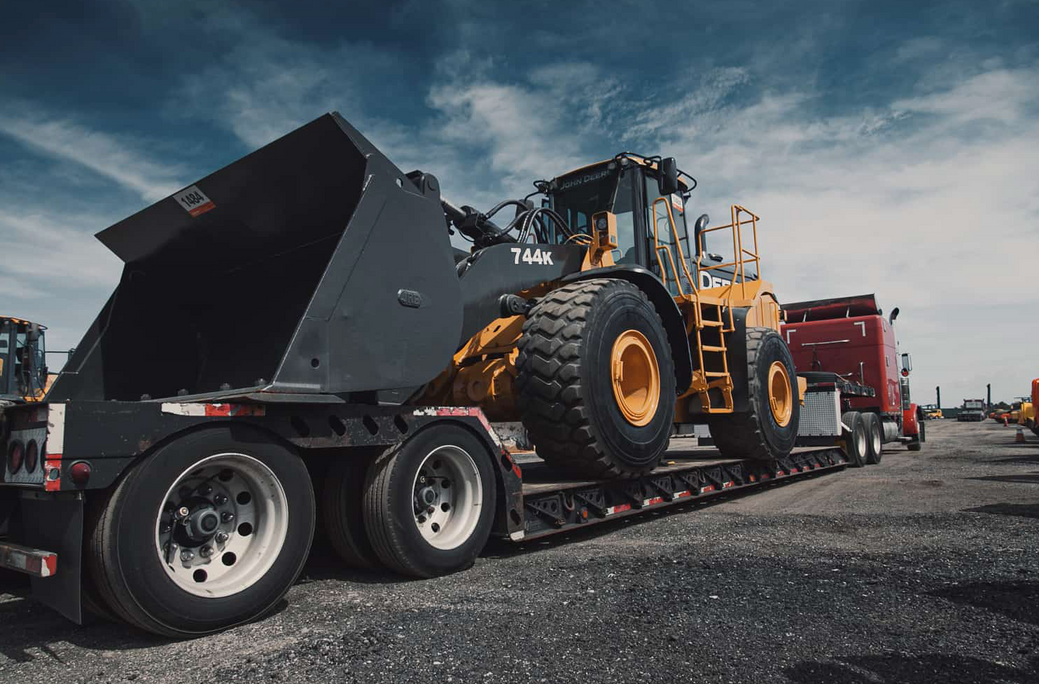
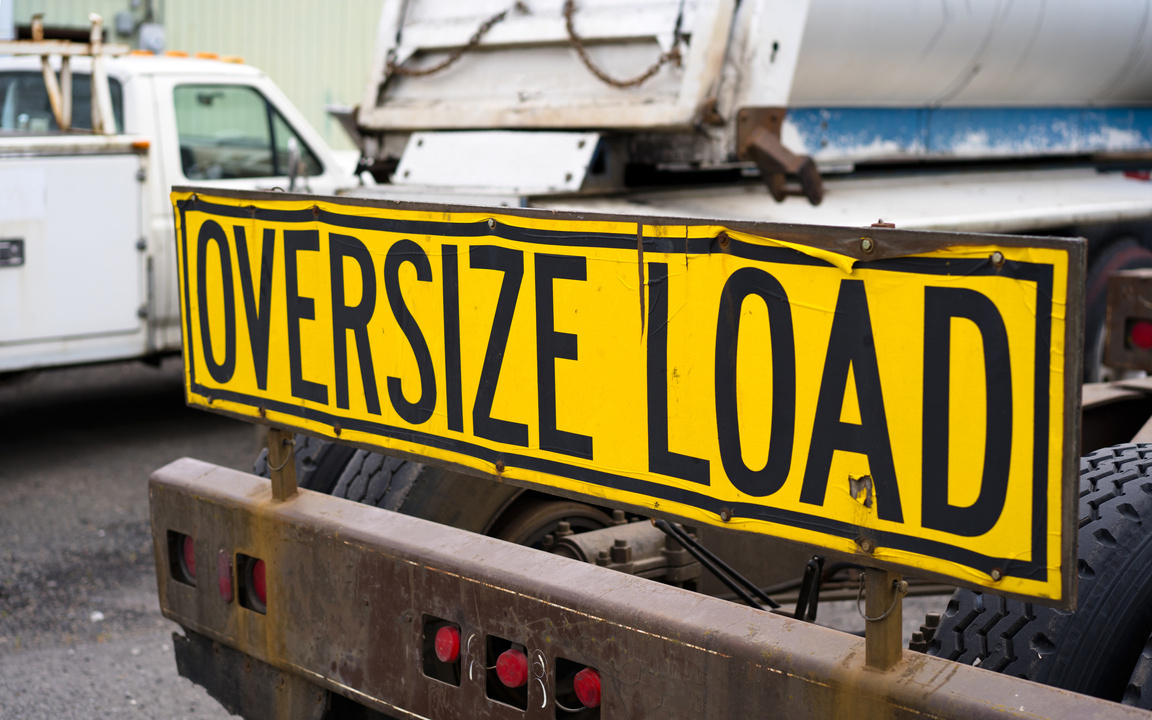
What is heavy haul
HEAVY HAUL IS anything past
- 8.6 feet in width
- Taller than 13.6 feet in height
- Longer than 53 feet
- Heavier than 80,000 pounds
It’s important to understand the dimensions and weight of the load prior to transport. The height, width, length, and weight are all key measures. The DOT regulations for transportation revolve around these factors.
Transporting heavy equipment is a complex task. Preparation, communication, compliance with local, state, and federal regulations, and strict safety procedures are musts for any machine going from Point A to Point B. Many individuals find that it is better to hire a professional to move their equipment. This is especially true when moving machines over long distances, tricky routes, and through populated areas. It can be difficult and time-consuming to find the right transport provider to handle your load. Luckily, MUDD Enterprises is here for you! Our service as a qualified specialized transport company who have extensive experience in transporting heavy equipment along with other heavy machinery and oversize load. Still, it’s always best to know everything about the process, should any surprises arise. We have prepared a fundamental guide for shipping heavy equipment. Let’s dive into what it takes to safely and legally transport heavy equipment from one place to another.
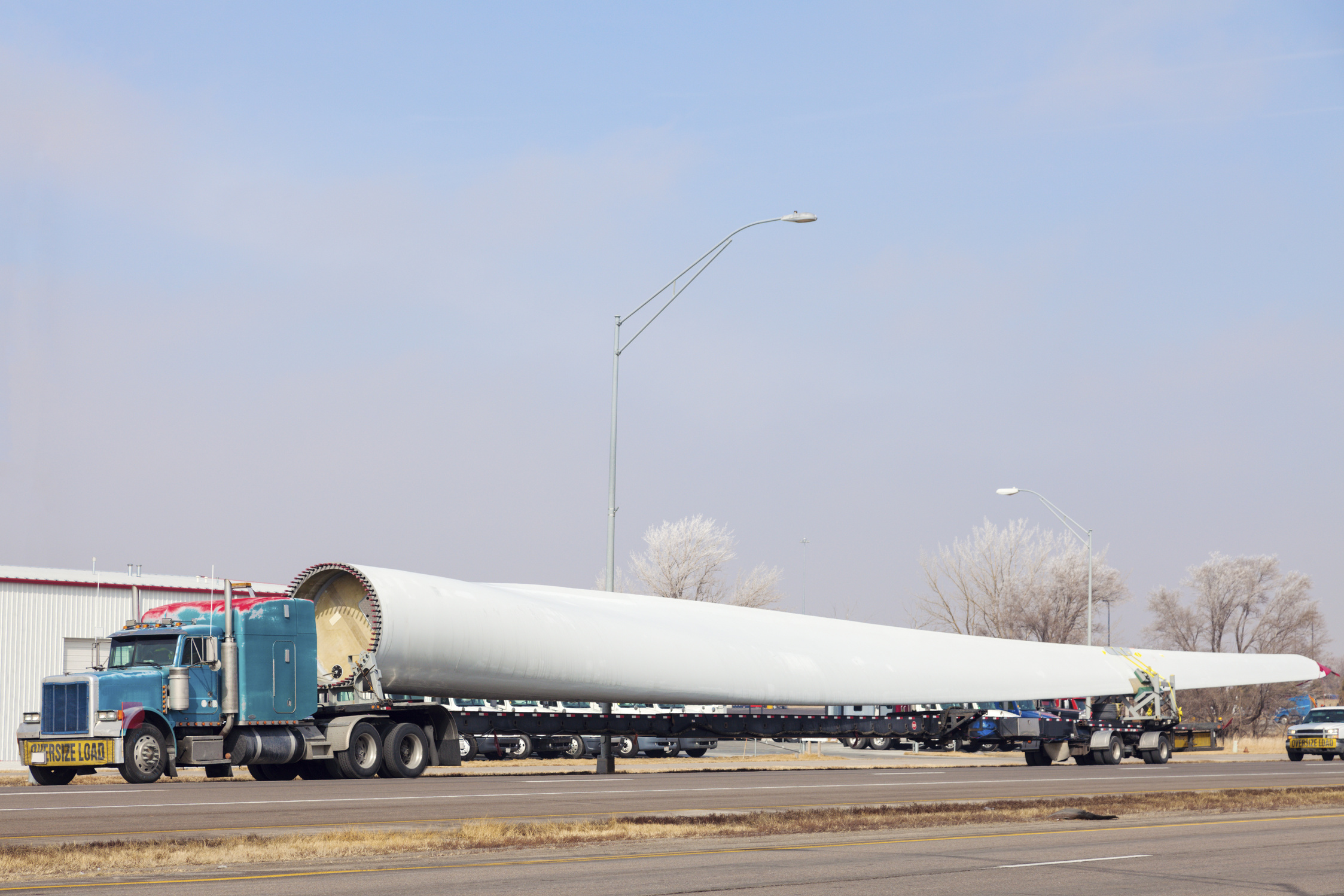
Our Equipment
RGN | LOWBOY | STEPDECK | FLATBED | SPECIALIZED
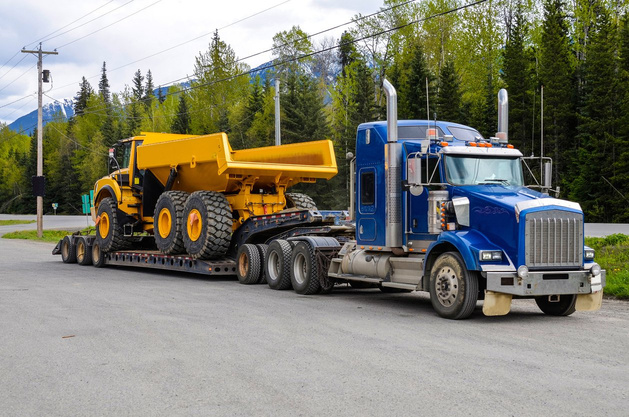
Removable Gooseneck
A RGN trailer is one of the most versatile trailer designs available. Its removable neck allows for the deck to drop down on a trailer, so you can drive the vehicle or equipment onto the platform.
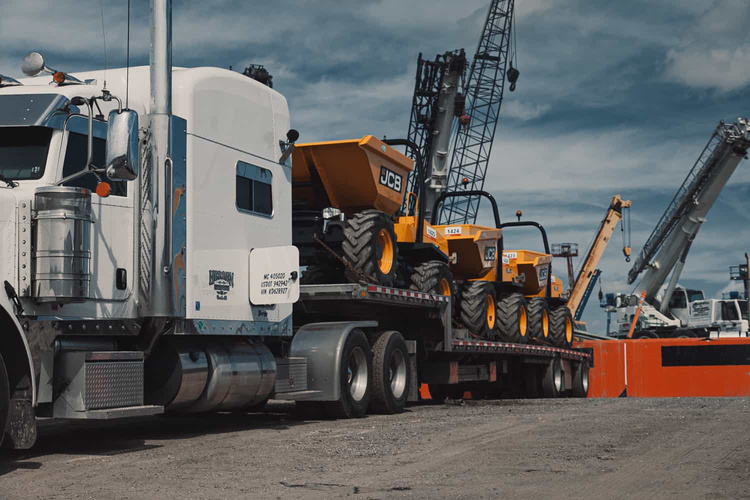
Step Deck
A Step Deck trailer is designed to carry cargo that is too tall to go on a flatbed. It helps you haul loads without having to obtain special permits for exceeding the legal height limit. These trailers have a lower and upper deck.
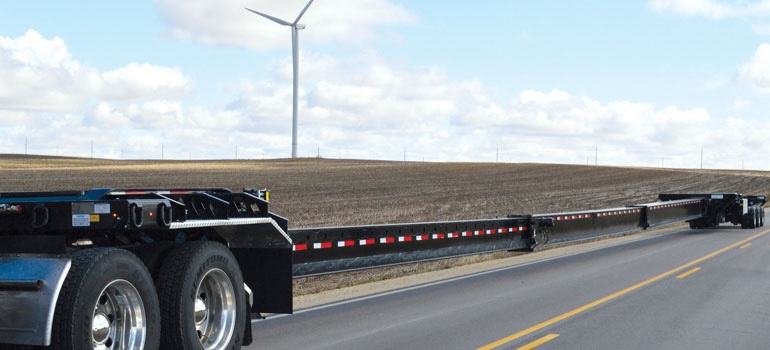
stretch/extendable
A Stretch trailer describes the trailers capability of being extendable lengthwise. They are similar to flatbed trailers, however they have a sliding mechanism that can extend the length of the cargo bed.
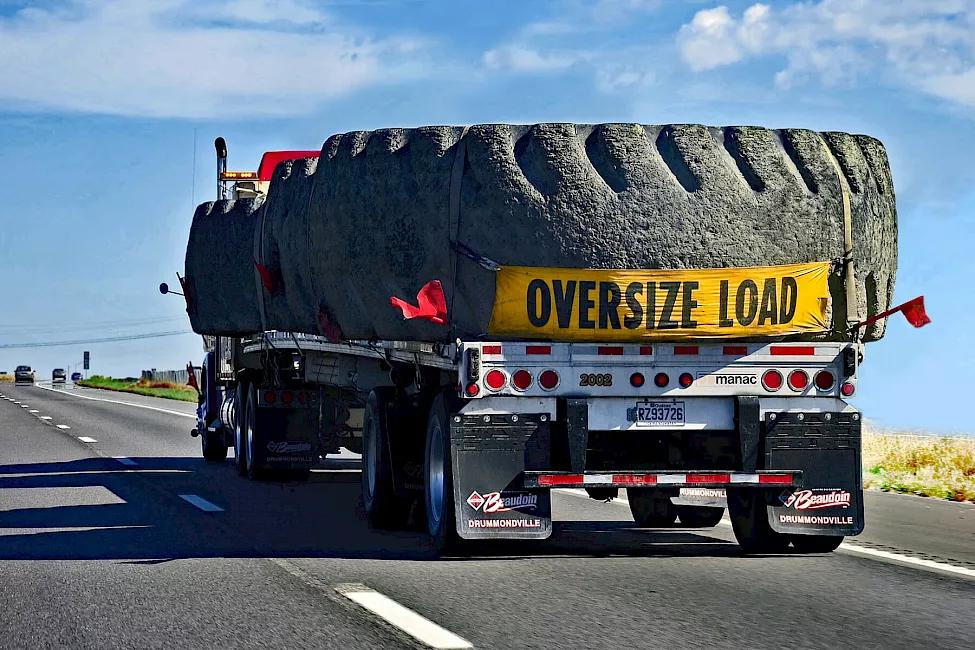
Get A Free Shipping Quote Now!
Mailing Address
4611 E. Chandler Blvd
Ste 112-1064
Phoenix, Arizona 85048
(602) 887-4347
(888) 860-3926
support@muddent.com
4 STEP HEAVY EQUIPMENT TRANSPORT GUIDE
#1
PREPARING EQUIPMENT FOR TRANSPORT
Perform a Documented Risk Assessment
To ensure that you can handle the risk of a situation, it is important to conduct an assessment. You will document what steps are taken in response and how they could fail so things never get out of control or cause unnecessary harm.
Outfit Sites & People With PPE (Personal Protective Equipment)
The safety of your crew is the backbone of transport. Without proper protection, they can be at risk not only while preparing for and completing tasks but also during transport if you're carrying heavy cargo. Focusing on PPE documentation will strengthen the overall assessment skill set because it highlights how we take care of ourselves when working with risky loads and situations.
Determine the Weight and Height of Your Equipment
Every load begins with knowing the dimensions and weight of your load. The height, width, length, and weight of your cargo are vital considerations when transporting it. The DOT regulations for transportation revolve around these factors. Verify them before you begin to avoid unnecessary fines, delays, or accidents.
Inspect Your Truck and Trailer
Make sure your truck has adequate power to tow the load and your trailer is rated to handle the cargo weight. Inspect your truck and trailer is in good working order, pay specific attention to the tires, lights, brakes, tie-down points, and hydraulic hoses.
#2
LOADING & SECURING
Designate Duties
Make sure everyone involved in loading the machine has been trained properly. Not only do they need to know what they're doing, but also how their actions might cause damage or injury if carried out improperly!
Make sure the trailer you are loading onto is on flat, level ground
A tilted trailer can cause rollover problems that are easily avoidable.
Be aware of all obstacles in your area
Adjust your loading strategy to avoid hitting any nearby objects and move everything to a safe distance if possible.
Check that your truck can handle the load and is parked and secure
Use the parking breaks or wheel chocks if necessary to prevent unwanted movement.
Check your trailer deck
Make sure it is as clean as possible and ready to accept the load.
Line up and approach the trailer, straight on
Use a spotter if your view is obstructed. Slowly drive your machine onto the trailer. Make sure the machine gently lowers itself down on the trailer to avoid damaging the machine or trailer. Once you have climbed onto the trailer, ensure all buckets and attachments are tucked towards the floor of the trailer.
Secure Your Farm Equipment for Transport
All equipment attachments, work tools, and other accessory equipment must be lowered and secured before transportation. Retract booms and buckets and secure them in place. Secure equipment components (lock all doors, covers, tailgates, and articulation points). Also, make sure the machine transmission is immobilized and brakes are locked. For additional protection to your equipment, you may choose to cover it with a tarp or wrap it with shrink wrap. This protects the equipment from dirt, debris, and moisture on the roadways. For equipment with a smokestack, be sure to cover it so debris cannot enter. Use ample & appropriate securing devices (chains, binders, straps, & anchors). Choose appropriate attachment points on the machine and trailer.
Once the load is secured, check everything a second time. It can be helpful to have a safety check system in place where multiple people check the load, instead of relying on a single person.
Verify Driver Visibility
To make sure the driver has a clear view of what’s going on around them. The placement of equipment should also allow free movement of the driver and should not obstruct them from exiting the vehicle or accessing any necessary vehicle components or accessories. This ensures the driver can safely transport the machinery and keeps your company compliant with DOT regulations.
#3
TRANSPORTING EQUIPMENT
Planning the Best Route
Heavy loads can be very dangerous in rush hour traffic in big cities. Take time before your trip and map out a route (and time) that avoids areas of construction or heavy congestion on the roadways--you'll thank yourself later! Try to avoid toll roads, low-hanging bridges, or any other interruptions or delays that could slow transportation. The best routes have the least amount of bridges, turns, starts, stops, and difficult terrain.
You also need to be sure that the roads along your route can handle the weight, height, and width of the load. It is very dangerous to assume that all roads can handle the weight of a heavy load. If the area is unfamiliar, then we strongly suggest you drive the route in a smaller vehicle first to identify areas of concern.
Laws, Regulations, & Permits
Complying with all permits and regulations is especially important if your load qualifies as oversized or overwidth. Most larger agriculture equipment fits this designation which can carry extra liability. Check the laws and regulations for every state where the load will be transported. These laws change as you cross state borders, so don’t assume that the regulations at your destination are the same as those at the departure point. Additionally, Federal regulations apply for interstate commercial loads that weigh more than 10,000 pounds. In some situations, it may make more financial sense to disassemble the machine into smaller sections so that it can travel on multiple trailers as a legal load to avoid oversize and overwidth requirements.
In some situations, it is necessary to acquire permits before oversized loads can travel on state roads or highways. Also, check to see if a pilot car is required for your load.
Equip Transport Vehicles With Signs, Flags, and Flashing Lights
Oversize loads are designated on the road with proper banners, flags, signs, and lights. In some cases or larger freight, you may be required to have escort vehicles — one guiding the transportation truck and the other following behind, alerting others on to the road to the technical operation. Proper communication between escort and transport vehicles should be conducted by CB radios rather than cell phones to comply with industry standards for safe communication.
Run Safety Inspections While En Route
Heavy load securement requires check-ins and inspections while on the road, especially when traveling long distances. Industry safety standards recommend the following as inspection benchmarks while heavy cargo is en route:
- Once during the first 50 miles of transport.
- Once every 150 miles or once every 3 hours — whichever comes first for long-distance hauls.
- At every change of duty or change of driver station. Have the new driver run a full inspection, then document that inspection in a transport log.
#4
DELIVERY & SAFELY UNLOADING
Prepare the Delivery Site
Before the transportation vehicle even arrives, take the time to review and clear the designated unloading area in the receiving yard. Just as you pay attention to this during the loading phase, wet and muddy ramps and uneven unloading ground make this part of the operation much harder than necessary. Line the ramps up with the rear of the trailer bed as methodically as possible, taking time to match joints and eliminate any gaps between the trailer and the ramp. Once the machinery begins backing up, there will be no time to reposition.
With everything in place, conduct a final condition survey. Look over the equipment’s tires and hitches to ensure their health. Review roles with personnel, appointing a spotter and an equipment operator just like during the loading process and before you begin breaking down the chain tie points. You’ll also want to do a brief survey on the condition of the tie-downs themselves before their release. It is highly unsafe to undo straps and chains if the load has shifted, even minutely. If this is the case after performing a walk-through, you and the operators will have to draw up a custom unloading plan.
Free the Load
Release the chains, binders, and straps one at a time, beginning with the rear corners. Unravel excess chain that may have been wrapped around the links, then start loosening tie-downs with their ratchet-style wrench boomers. Be very careful, as chains and binders have been wound and should still be tight and pressurized. You don’t want a metal chain unexpectedly snapping up because joints and tension weren’t adequately reduced with the ratchet boomer. This could result in serious injury or death.
Slowly Back the Farm Equipment Down the Ramp
Maintain a safe distance between the piece of equipment and its spotter. The equipment operator’s visibility may become hindered, so position the spotter in a way where they’re accessible, but out of harm’s way. Keep all other personnel away from the unloading area while the heavy machinery is being unloaded from the trailer.
Finish It Up
Once on the ground, perform a final inspection. Go over all equipment, truck, trailer, anchor points, and tools before sending everyone on their way. Make proper documentation and load up all tools and supplies. Stay safe and legal and send everyone home healthy and in one piece.
